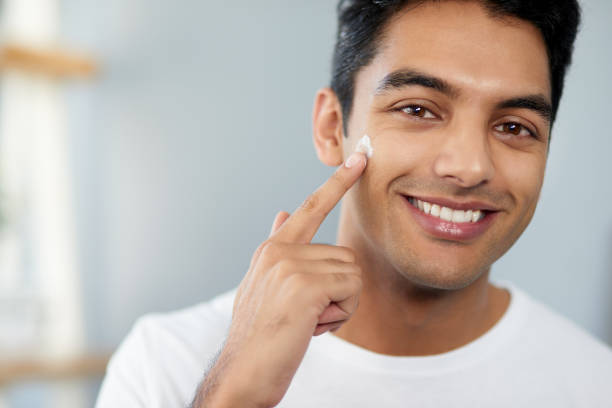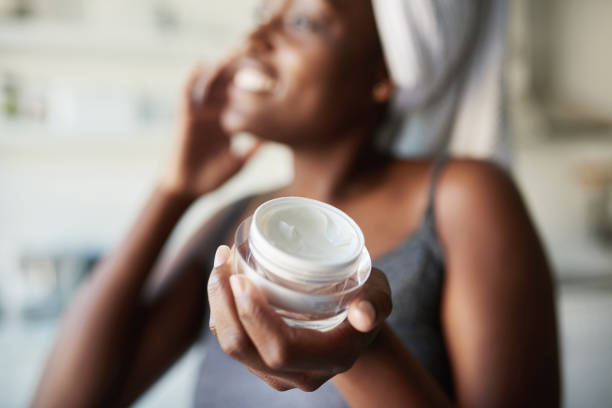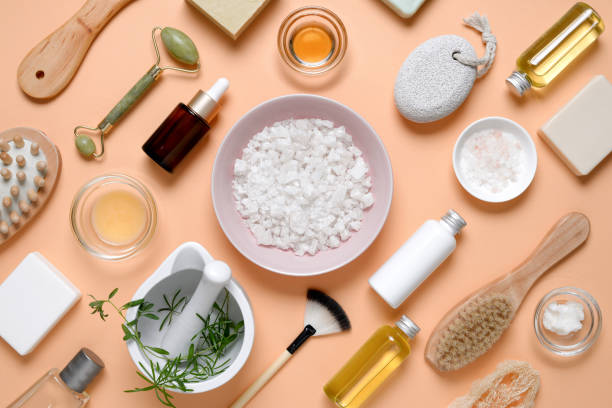Special effects take performances and shows to a higher level of intensity and theatricality. Theater makeup produces a visual effect that helps set the tone for scene and better defines the characters. Scars and wounds better portray the events that have occurred and set a more realistic and thrilling tone to the performance.
Bruises
When it comes to creating realistic-looking cuts, bruises, or burns, it only takes a few supplies:
• Liquid latex – to help set the area for makeup and to help with easy makeup removal
• Bruise and abrasion wheel – a variety of makeup colors that produce a finishing touch to the bruise, burn, or cut you are creating.
The first step in creating a bruise with stage makeup is to dab a bit of red from the bruise wheel with a makeup sponge to create an irritated look. Next, apply the blue and purple and blend it out to create the look you desire. Add yellow and green to give the effect that the bruise happened a couple days ago.
Burns
With a few simple items, you can have a burn that looks very realistic and theatrical.
• Burn and bruise color wheel – provides you with the colors needed to create a realistic burn
• Gel – to create a bumpy surface to the skin
• Stage blood – to complete the look of a freshly burned or healing surface
To create a false burn on the skin, apply the gel in a dabbing motion. Next, using the red color in your wheel, dab the red onto the gelatin to create a swelled and irritated look. Use the dark red or light brown to add a better visual effect to the entire surface. Lightly dab black around the edges and softly over the surface. Using stage blood and a small brush, apply a small amount to the newly created wound to give the final touch.
Scars and Cuts
Scars, whether big or small, can create a history for any character. To create a scar that will endure, the following items are recommended:
• Liquid latex – helps protect the skin by facilitating removal
• Scar wax – helps create a look of raised, scarred skin
• Adhesive – to hold the wax in place
• Foundation – helps blend colors of the wax with the natural color of the skin
• Bruise and abrasion wheel – provides the right makeup colors needed to give the full effect
• Powder – takes away the shine of the liquid latex
• Stage blood – whether a cut or open scar, stage blood helps to complete the realistic appearance
1. Scars are created by first applying liquid latex to the work area on the skin.
2. Next, apply an adhesive to help hold the scar in place.
3. Using a spatula, carefully apply a bit of scar wax. If you don’t have access to a spatula, you can roll the wax into a snake-like shape, place it on the skin, and gently blend the edges of the wax onto the surface of the skin, leaving a raised section of wax in the middle.
4. Apply another layer of adhesive to help secure the wax. If desired, apply a light coat of powder to reduce the shine of the latex.
5. Use foundation on the edges and top of the wax to help the color of the wax with the skin color.
6. Color the scar using the abrasion wheel. Dab the colors around the scar to create a look of swelling, bruising, and scarring.
Creating a cut is much like creating a scar. Follow steps 1-4 in creating a scar and then use the spatula to create a ‘cut’ down the center of the wax. Next, apply foundation around the cut to blend with the color of the skin. Apply red paint from the abrasion wheel to give a look of irritation and swelling. Add other colors, if necessary, to create the dramatic look you are hoping to achieve. With a thin brush, gently apply the stage paint into the open cut. You may also choose to dab the stage blood to create a look of dripping blood.




